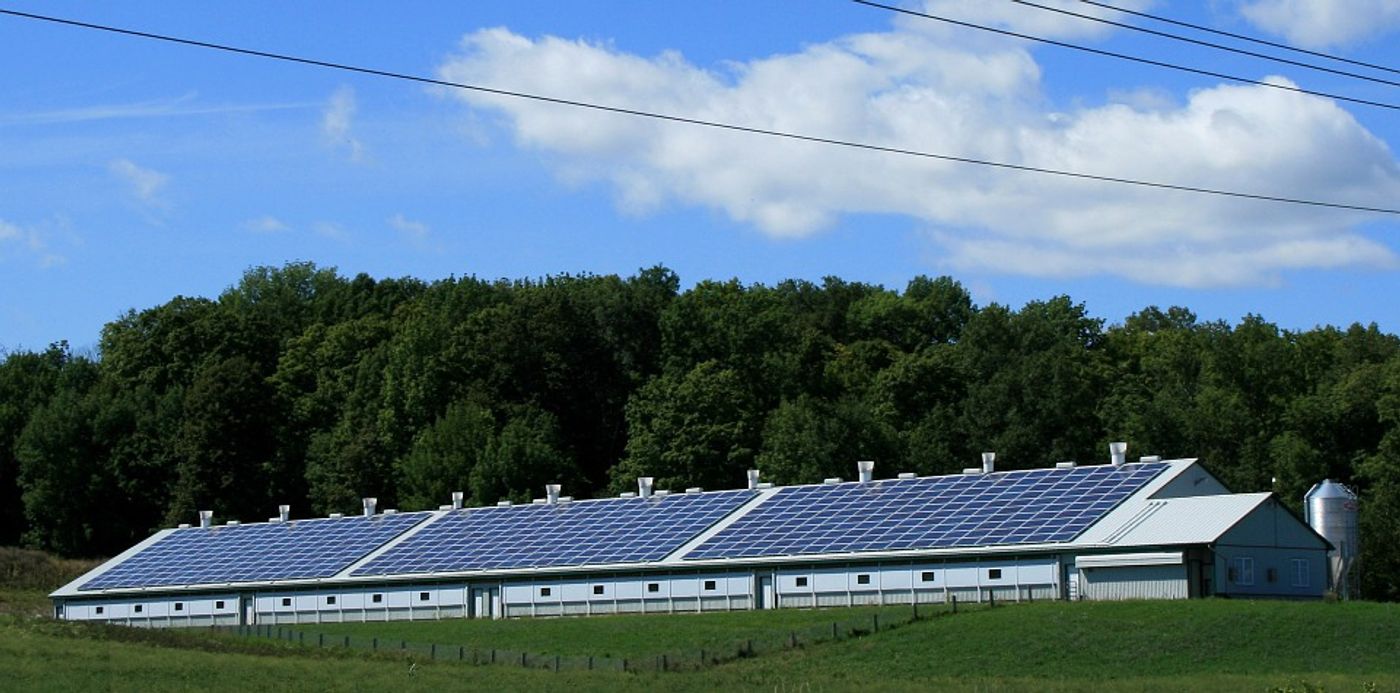New potassium-oxygen battery cheaper and more efficient
New research published in the journal Batteries and Supercaps details the batteries of the future: potassium-oxygen batteries with more storage and longer lives that could be used in cell-phones, laptops, and most importantly, the power grid.
"If you want to go to an all-renewable option for the power grid, you need economical energy storage devices that can store excess power and give that power back out when you don't have the source ready or working," said Vishnu-Baba Sundaresan, co-author of the study. "Technology like this is key, because it is cheap, it doesn't use any exotic materials, and it can be made anywhere and promote the local economy."
Sundaresan and fellow researchers from The Ohio State University developed a battery cathode that is capable of storing the energy produced from a chemical reaction in a metal-oxygen battery. This technology, which provides inexpensive and long-lasting energy storage, will be critical during the world’s transition to renewable energies – because as many point out, the sun doesn’t shine all the time nor does the wind blow ‘round the clock.
Potassium-oxygen batteries were invented in 2013 with the intention of storing power for renewable energy sources but until now they have not been a cost-effective option. That’s because previous potassium-oxygen batteries haven’t lasted through more than five or ten charging cycles because oxygen kept getting into the battery’s anode and breaking it down.
Researchers from this most recent study wanted to fix that problem. To do so, they used polymers to protect the anode from oxygen seeping into it. Doctoral candidate, Paul Gilmore, explained his idea, saying the design slowly allows air to move through polymer layers to the battery but does not allow it to reach the anode.
The key to this technology is its price: it’s relatively cheap, at approximately $44 per kilowatt hour. "When it comes to batteries, one size does not fit all," Sundaresan said. "For potassium-oxygen and lithium-oxygen batteries, the cost has been prohibitive to use them as grid power backup. But now that we've shown that we can make a battery this cheap and this stable, then it makes it compete with other technologies for grid power backup. If you have a smallish battery that is cheap, then you can talk about scaling it up. If you have a smallish battery that is $1,000 a pop, then scaling it up is just not possible. This opens the door for scaling it up."
The authors still need to do more research to determine whether the batteries can be made on the scale necessary for power-grid storage.
Sources: Science Daily, Batteries and Supercaps









